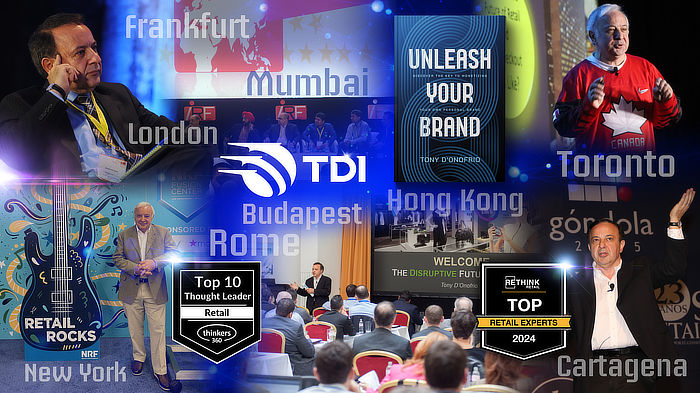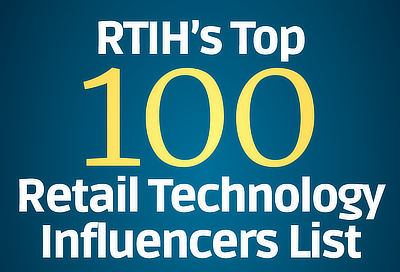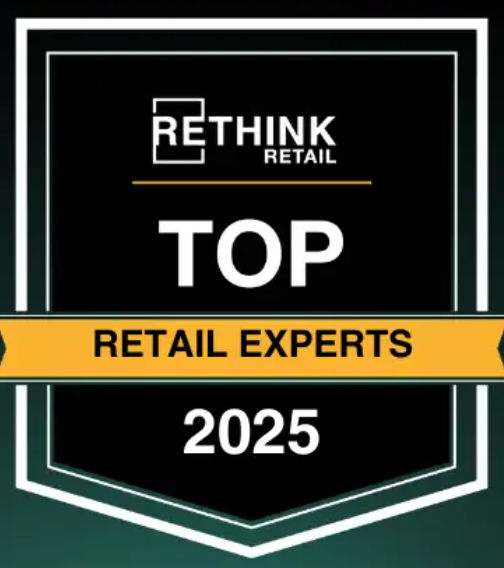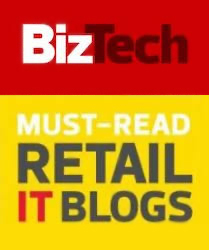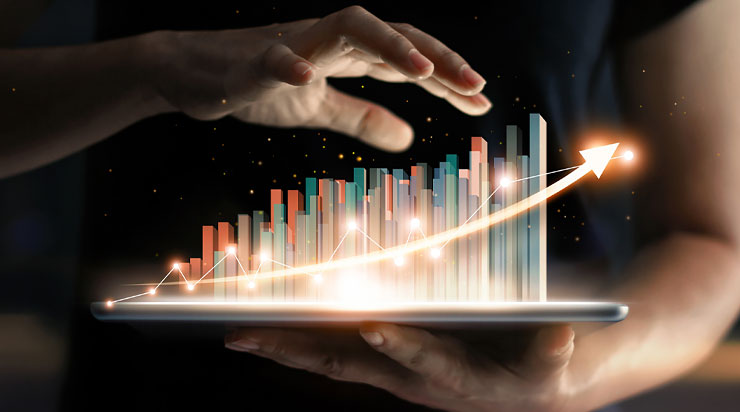This week a video from the IHL Group and a couple of IT posts sparked some thoughts on the evolution of retail as it is accelerating on a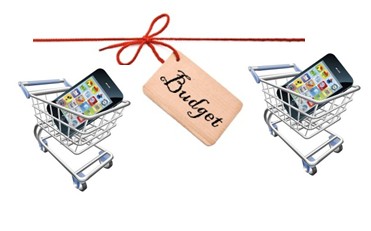 technology shoestring budget.
technology shoestring budget.
According to the latest 2013 "State of the CIO" survey from CIO Magazine, the average IT budget as a percentage of revenue is 5.2%, and it was up from 4.7% the previous year. Contrast this to the retail industry where according to Jerry Sheldon from the IHL group, the average IT spend as a percentage of total sales ranged from 1.1% to 1.2%.
A couple of weeks ago at a Forrester North America CIO forum, the attendees debated the "CIO's World In 2020" and were asked to vote on the outcomes most likely to occur:
- 80% believed that technology would still be differentiating. "Engagement-based systems and technologies around analytics and smart products would be central to a firm's ability to set itself apart in the eyes of the customers."
- 85% agreed that most technology would be delivered via the public cloud. "Companies will architect and deploy business solutions from a growing pool of external as-a-service resources, with IT playing the role of orchestrator."
- 90% voted that central IT would not exit in the future - "IT will be directly embedded in business units like marketing, product development, and customer services."
Above evolutionary IT transformation predictions form the background of multiple digital retail trends summarized below:
- 54% of consumers would consider ending their relationship with a retailer if they are not given tailor-made, relevant content and offers. (CMO Council)
- 57% of consumers have stopped an in-store purchase as a result of using their mobile phone. 38% have done so because they have found a better price in another store, and 30% have because they found a better price online. (Mobile Commerce Daily)
- Retailers' average response time to a post by consumers in social media is seven hours, more than enough time for the person to go ahead and purchase from the competition. (Exact Target)
- 92% of retailers are struggling with online / offline integration. (RSR Research)
- Time spent with mobile apps (127 minutes per day) is starting to challenge television (168 minutes). Yet mobile budgets aren't nearly as high as TV. (Tech Crunch)
- 31% of retailers are conflicted as to whether new technologies in-store will be tools or distractions. Yet consumer surveys have shown time and time again that technologies like mobile apps or QR codes linking to product information have driven people to make a purchase in the store. (RSR Research)
The future of retail is all about individual customer experiences. The store will be multi-sensored with technologies such as RFID and video analytics collecting shopping behavior metrics. Data mining all that "Big Data" to understand and react faster to customer interactions with retail brands will be the differentiating element. Real time retailing will include consumers interacting with social media support networks and retailers monitoring that traffic and reacting to improve the customer experience. Products will be available in the store, either directly on the shelf or increasingly in virtual customer interaction experiences. Mobile devices will provide direct feedback to the store associate on the most important customers nearby. The same mobile devices will detach today's fixed technology infrastructure and allow direct interaction with the consumer throughout the store. Fulfillment will be directly in the store or through an ever faster onmichannel delivery system (minimum will be the same day).
Current technology trends will make it easier to deliver these new consumer experiences on an increasing accelerating basis. Key will be reading through the above CIO and consumer trends, understanding the fundamental changes underway, and timing new technology investments.
Progressive retailers started loosening their shoestring technology budgets during the last recession and are well underway with their customer centric transformational journey. Those aggressively pursuing technology are now spending 2% to 2.5% of total sales revenue. These retailers see technology as a global differentiator to drive greater intimacy with their target customers. Several are re-inventing retail by going back to the future to an era where the shopkeeper knew their customer by name and provided individualized customer experiences. The market is now global and technology is increasingly making it profitably local.
Images from http://ow.ly/lR7ev / http://ow.ly/lR7si



